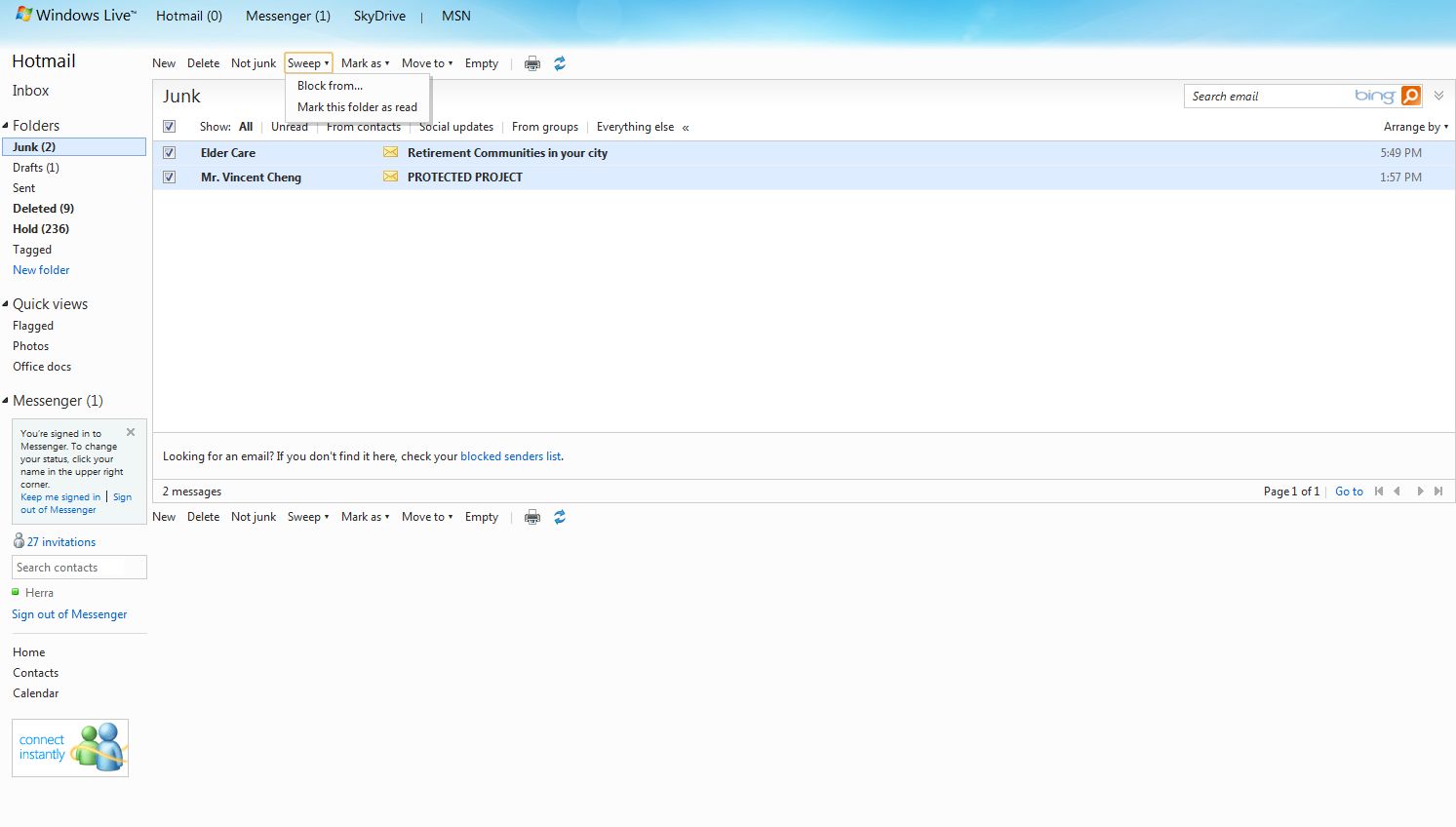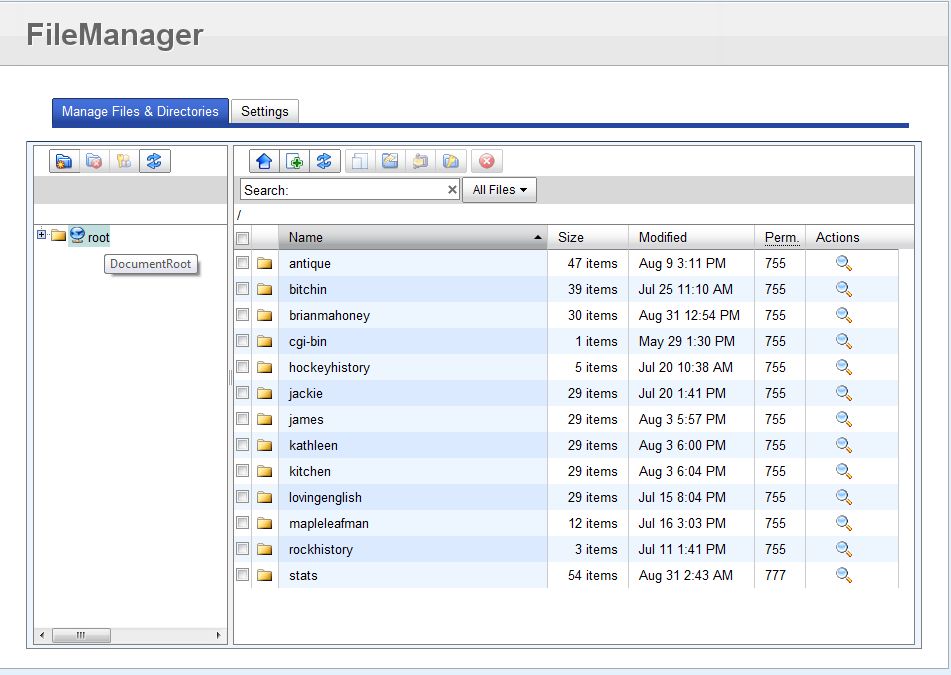If you’re like me, but who is, you’ve probably got more than one wireless router in a box somewhere. I used a DLink DIR-615 wireless router as my main unit. While the coverage is pretty good, I am often in my basement office which is down one floor and across the house from my wireless router, a distance of only about 50 feet but there is a hardwood floor and a concrete wall in the way. Sure, I can use my laptops in my office but throughput is low.
Over the years, as I’ve upgraded my routers, I’ve kept one or two. I found a Trendnet TEW-431BRP wireless router and decided to see how hard it would be to add that to my existing network to increase the range. There are some pretty good ‘how to’ articles out there and I used this one to set mine up.
The only materials you require are the second wireless router and some Ethernet cable, the length of which is up to you. My network is set up with the DSL modem in the basement, the router in my bedroom one floor up and a switch down by the modem in the basement. My main computers are linked to the router itself while the secondary computers are connected to the switch. I decided to connect the second router to my switch and, according to the smart guys at Best Buy, I didn’t need a crossover Ethernet cable. If I had connected the second router directly to the first router, I would have needed a crossover cable. Your mileage may vary in this case. Depending on the router you use as your main one, you might get by with a regular cable, check that the lights are green when you connect it and you might be OK.
Here’s how I did the actual dirty work. Again, your mileage might vary. That means that what worked for me, might not work for you. First, I connected the second router to my laptop with a short length of Ethernet cable. Since the IP address of the second router (SR from now on), I also had to turn off the wireless on the laptop in order to bring up the SR login screen.
Once I had done that, I enter 192.168.0.1 into my browser and was happy to see the splash screen of the SR come up. First things first, I had to change the IP adress of the SR to something other than what it was and to something that wasn’t within the IP range of the first router (FR from now on). Using another computer, I checked to see what the IP range of the FR was. Turns out it was 192.168.0.1 to 192.168.0.199. Thinking quickly, using my calculator and abacus…just kidding, I set the IP address of the SR to 192.168.0.251 and left the subnet mask the same as it was.
The second step was easy, I turned off the DHCP on the SR. According to my link up above, you can only have one DHCP server on a LAN. Once I had the DHCP turned off, everything was set.
The final step was to connect the SR to the switch with a length of Ethernet cable. Heading back to my wireless laptop, I typed in the new IP address of the router and was happy again to see the splash screen of the SR. Admittedly it doesn’t take much to make me happy.
Once I could access the router, I did two things. First, I had to setup a password for the router, something that everyone should do. If you don’t do this, anyone with half a brain can access your router and change the settings. Next, I had to secure the wireless network using the same encryption key that I was using on my FR.
Now I can roam the house at my leisure knowing that every corner allows me to access the Internet with my wireless laptops. Cool huh?
Thanks for reading and let me know if you have any problems.




